Top Letter of Recommendation Templates for Every Situation
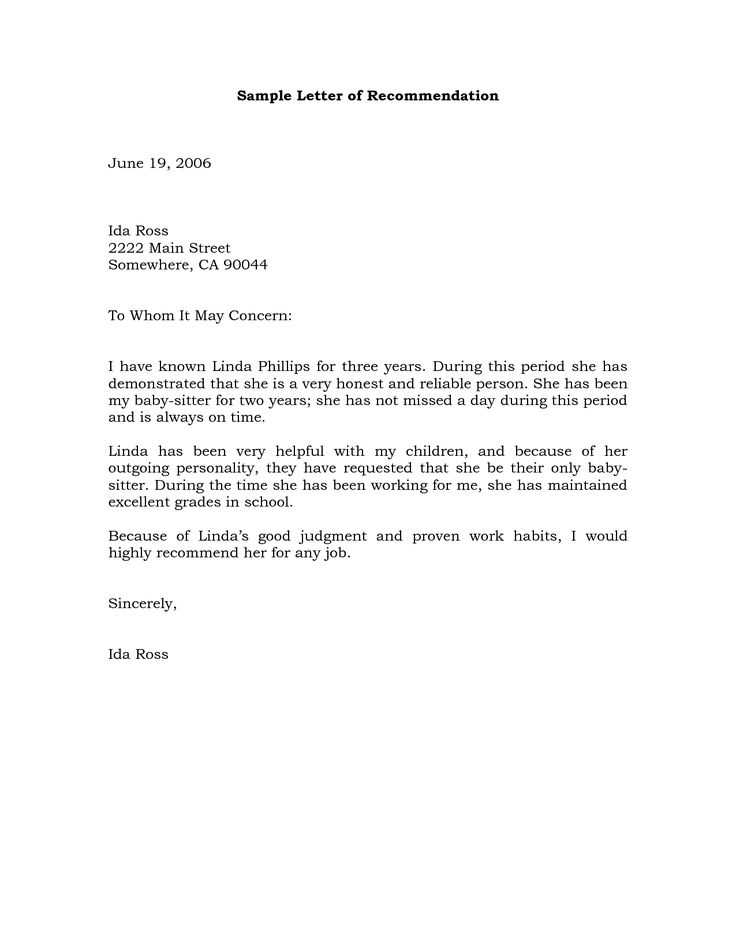
Whether you’re vouching for someone’s professional abilities or endorsing their personal qualities, crafting a well-structured reference is crucial. A strong letter can open doors and make a lasting impression, so knowing the right way to approach this task is essential.
Understanding the core components of an effective reference, the tone to use, and how to format the text are key to ensuring the letter fulfills its purpose. By following proven structures, you can highlight the individual’s strengths and achievements in a clear, compelling way.
Choosing the right approach is vital, as each recommendation may require a different style, depending on its purpose. With the right guidance and a few handy formats, you can confidently create a document that speaks to the recipient’s best qualities.
Essential Elements of a Recommendation Letter
When crafting a strong reference, certain components must be included to ensure it is effective. These elements serve to present the individual in the best light, highlighting key strengths, qualifications, and character traits that make them a valuable candidate or associate.
Introduction and Purpose
The first section should briefly introduce the individual being endorsed, establishing the relationship between the writer and the subject. It’s important to clearly explain the purpose of the document and why the person is being recommended, setting the tone for the rest of the content.
Key Strengths and Qualifications
This section focuses on the individual’s skills, achievements, and personal qualities. Providing specific examples of how they have demonstrated these strengths is essential to making the endorsement more credible and impactful.
| Strength | Example |
|---|---|
| Leadership | Led a team to complete a major project ahead of schedule. |
| Problem-solving | Resolved conflicts efficiently, improving team dynamics. |
By focusing on these crucial elements, you create a reference that is comprehensive and persuasive, highlighting why the individual is well-suited for the opportunity at hand.
How to Personalize Your Letter
To make a strong impression, it’s crucial to tailor the endorsement to reflect the unique qualities and achievements of the individual. A personalized document not only stands out but also offers a more authentic and compelling endorsement.
Start with a Unique Introduction
The introduction should set the stage by providing specific details about the person being endorsed. Highlight how you know them, and explain the context in which you’ve interacted. This helps to establish credibility and relevance.
- State how long you have known the individual.
- Describe the professional or personal setting in which you worked together.
- Share a few key traits that define the person.
Include Specific Examples
General praise can feel impersonal. Instead, share specific examples that demonstrate the individual’s strengths and abilities in action. Whether it’s a project they led or a skill they mastered, real-world examples make the endorsement more meaningful.
- Detail an achievement that highlights their skills.
- Show how they contributed to the success of a team or project.
- Explain how their personality positively impacted others.
By incorporating these personalized touches, the endorsement will be much more engaging and memorable to the reader.
Different Types of Recommendation Templates
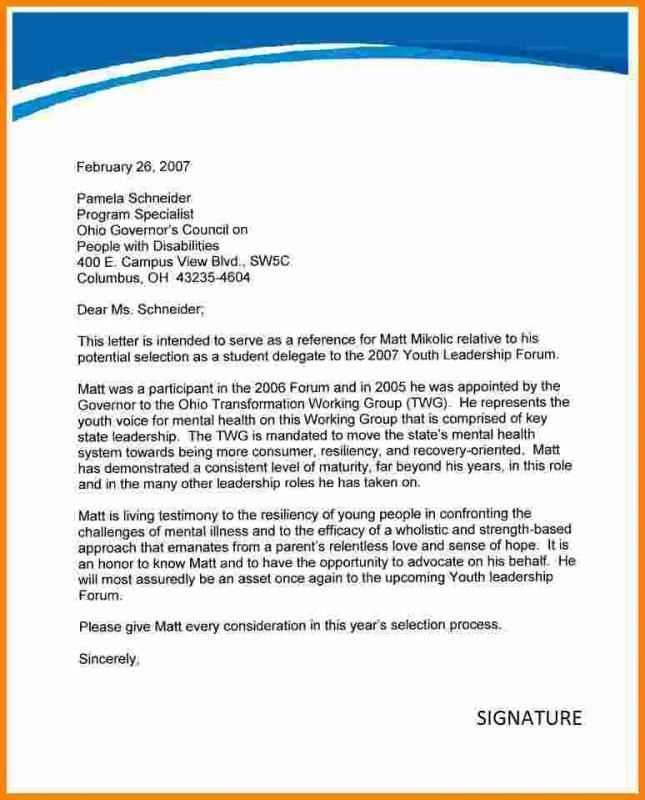
There are various formats to consider when creating a formal endorsement. Each type serves a distinct purpose, depending on the situation and the relationship between the writer and the individual being endorsed.
Professional Endorsement for Employment
This type is commonly used when recommending someone for a job position. It highlights the candidate’s work ethic, skills, and experience relevant to the role. Specific examples of professional achievements help create a strong case for the individual’s suitability for the position.
Academic Endorsement for Scholarships or Admissions
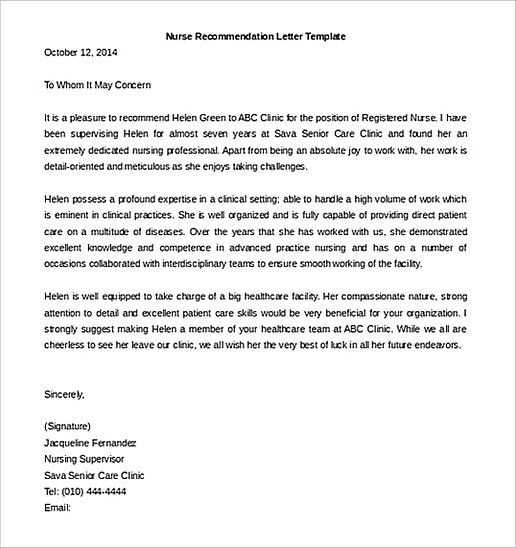
For educational purposes, the focus shifts to the individual’s academic abilities and character. This type often includes details about the person’s achievements in coursework, contributions to the academic community, and overall intellectual capabilities.
By selecting the appropriate structure and content for the endorsement, you ensure that the right qualities are emphasized, making a compelling case for the individual in their respective field.
Common Mistakes to Avoid in Recommendations
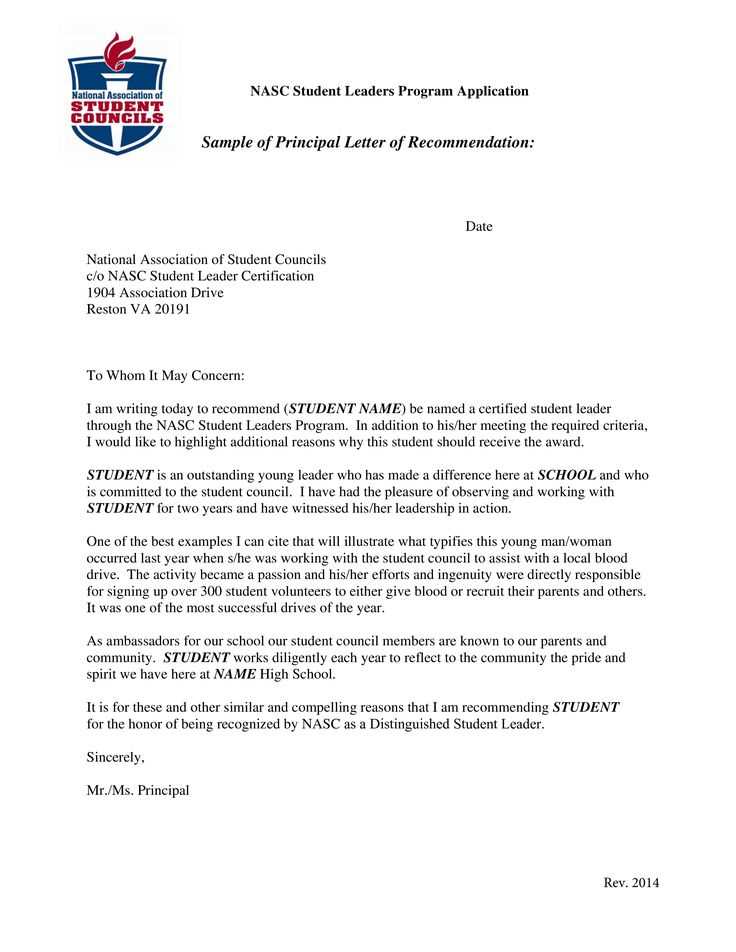
When crafting a formal endorsement, there are several common errors that can undermine its effectiveness. These missteps can make the document seem impersonal or unconvincing, reducing its impact.
One of the most frequent mistakes is offering vague or generic praise. While it may seem easier to write a broad statement, specific examples and personalized details are crucial to making the endorsement stand out. Without these, the reader may question the authenticity or relevance of the support.
Another issue arises when the writer fails to focus on the most important qualities. It’s essential to highlight strengths and achievements that are relevant to the context of the endorsement. Including irrelevant details can confuse the reader and detract from the core message.
Finally, poor formatting or lack of structure can weaken the overall presentation. A well-organized endorsement, with clear sections and logical flow, ensures that the reader can easily digest the information and understand the key points.
Tips for Writing Strong Letters
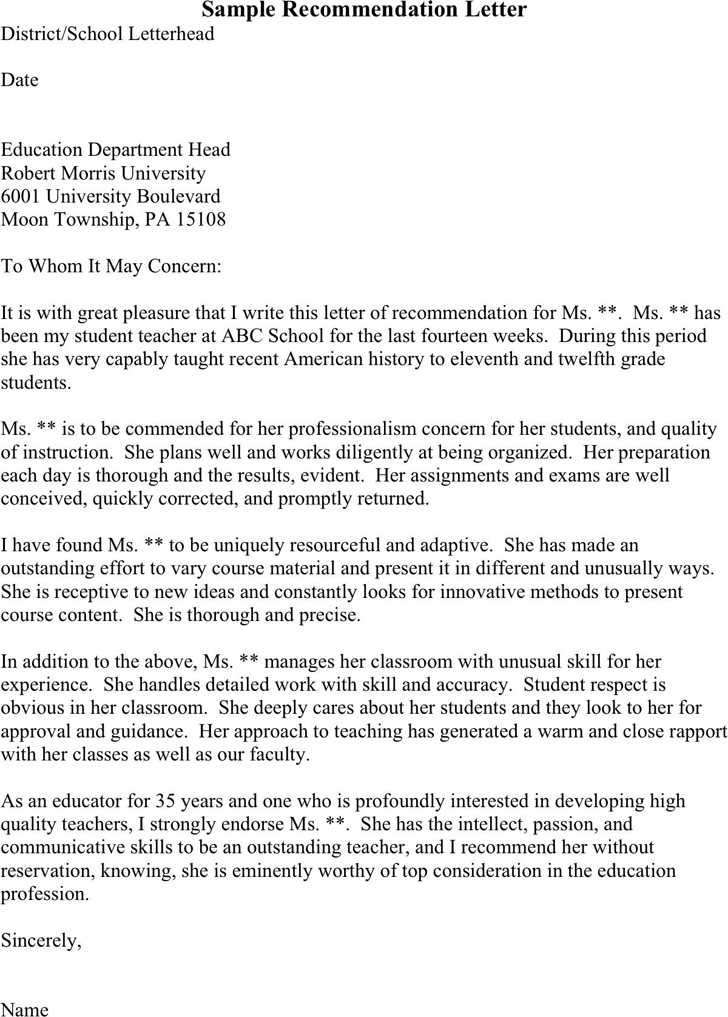
Creating an impactful endorsement requires careful attention to detail. To write a compelling document, it’s essential to focus on clarity, sincerity, and relevance, ensuring the content is both persuasive and informative.
Be specific when discussing the individual’s strengths. Generalities can feel hollow, so use real-life examples to demonstrate the person’s skills and accomplishments. The more concrete the examples, the more convincing the endorsement will be.
Maintain a positive tone throughout. Even if highlighting challenges or areas for improvement, make sure the language remains constructive and focused on growth and potential.
Keep it concise and organized. A well-structured endorsement helps the reader easily follow the points being made. Avoid unnecessary details that do not contribute to the person’s qualifications or abilities.
By following these tips, you can ensure the endorsement is powerful, persuasive, and ultimately more effective in supporting the individual’s goals.
How to Format a Recommendation Letter
Proper formatting is key to creating a professional and effective endorsement. A well-organized document makes it easier for the reader to follow and gives a polished impression. The structure should ensure the most important points are clear and highlighted.
Start by including a clear heading, introducing the person being endorsed. In the first paragraph, mention the context of your relationship and why you are writing. Follow with specific examples of their strengths and qualities. This should form the core of the endorsement, providing evidence of their abilities.
The closing paragraph should summarize the key points and reiterate your support, with a clear call to action, such as offering further contact for more details. Keep the tone professional, ensuring the endorsement remains formal and persuasive.
Finally, be sure to format the document neatly. Use professional fonts, appropriate spacing, and ensure all information is easy to read. A well-formatted endorsement adds to the credibility and overall effectiveness of the document.